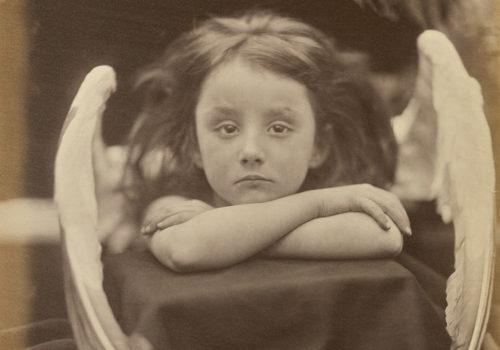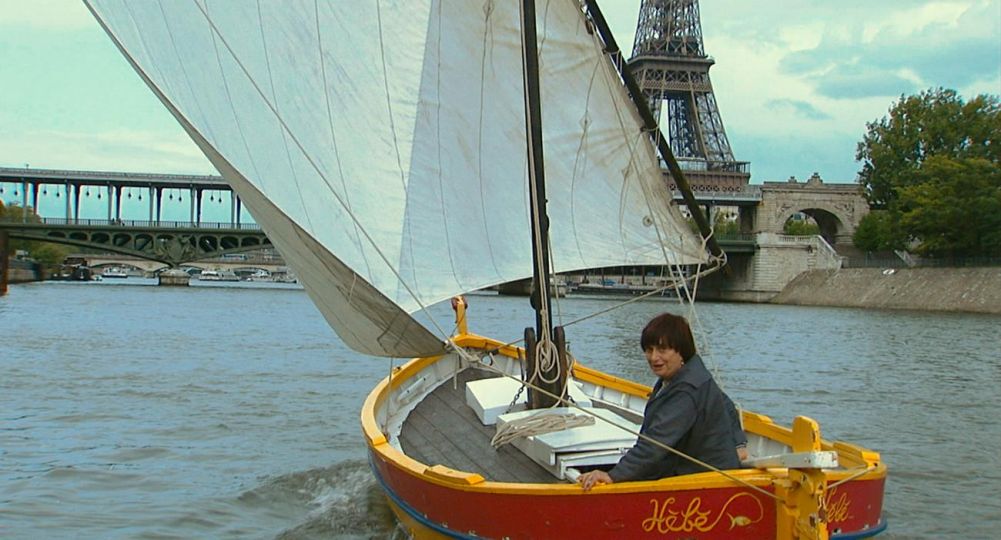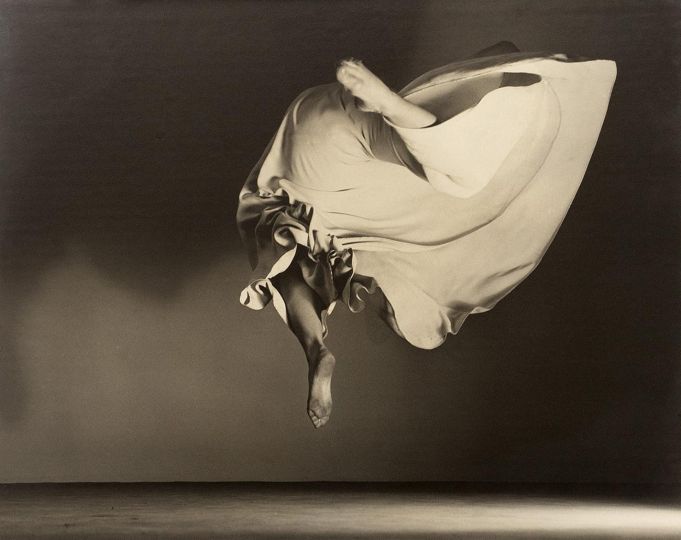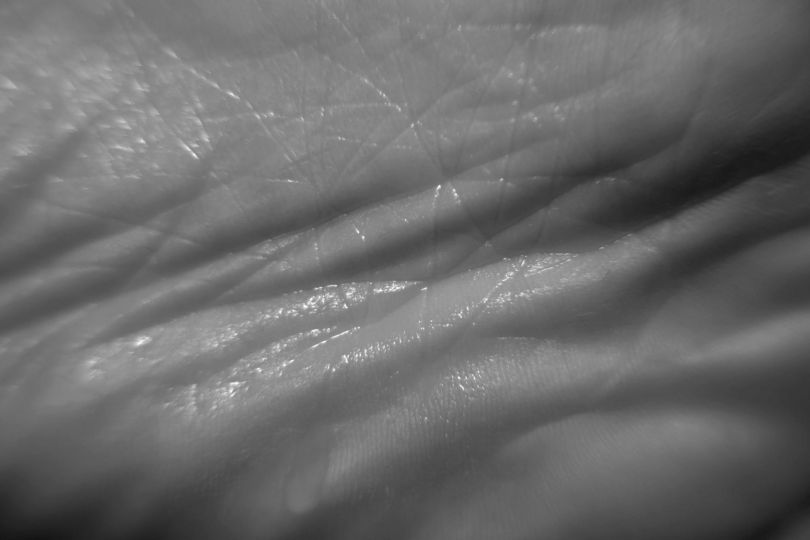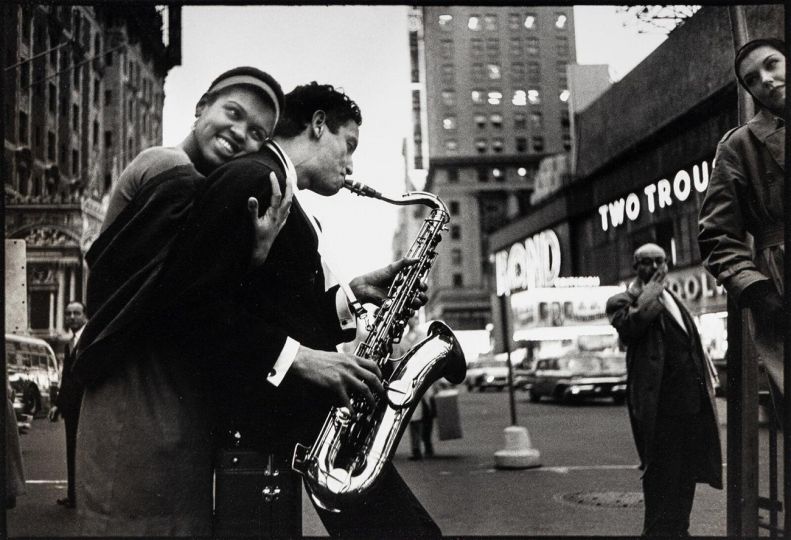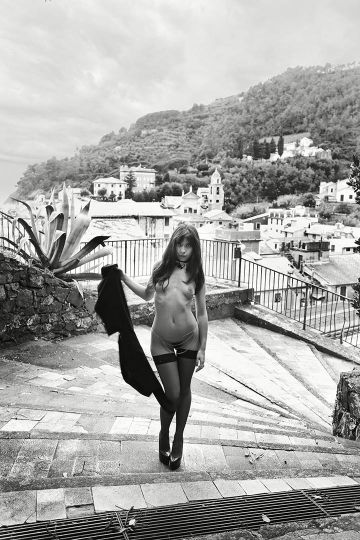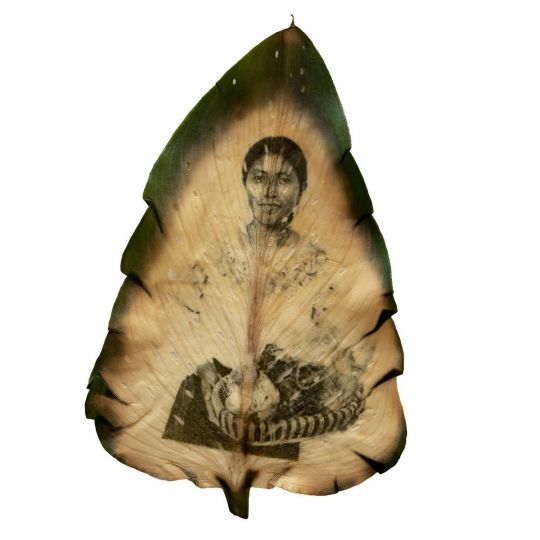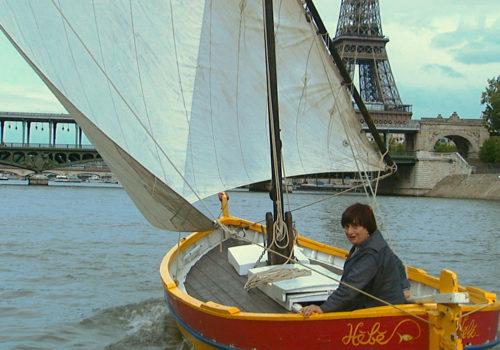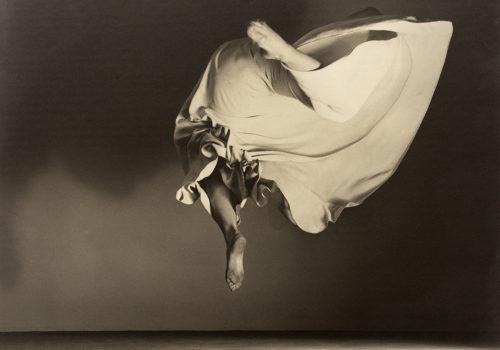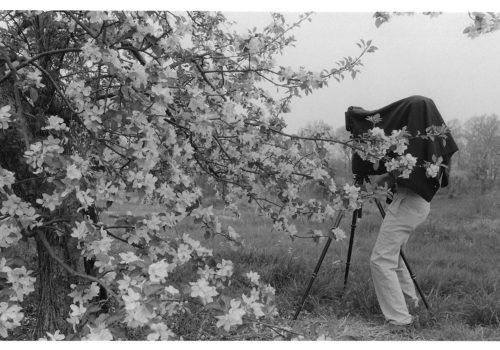Laure Adler & Clara Bouveresse : Photography as a tool.
Laure Adler is an engaged cultural figure whose work has contributed to enriching thought on women’s conditions and their place in the arts and society. A journalist, writer, radio producer, and French historian, she is renowned for her work on the history of ideas, the arts, and social issues. She has had a rich and varied career, establishing herself as an essential figure in the French cultural landscape.
Clara Bouveresse, on the other hand, is a photography historian, a researcher, and a French author specializing in the history of women photographers. She is particularly interested in how women have contributed to the evolution of this artistic medium and their role in documentary and artistic photography. She has sought to rehabilitate and shed light on female figures often forgotten or marginalized in traditional art history narratives.
On the occasion of the release of their co-authored book Women Photographers Are Dangerous, Laure Adler and Clara Bouveresse agreed to take part in our questionnaire. This book explores the history and role of women in photography. The provocative title aims to highlight the impact of female photographers on art and society, underlining how their work has often been underestimated or ignored while exerting a powerful and sometimes subversive influence.
The book traces the journey of numerous women photographers throughout history, from pioneers like Dorothea Lange, Diane Arbus, and Vivian Maier, to more contemporary artists. It shows how these women used photography as a tool for activism, documentation, and personal expression, often in the face of social prejudice or professional obstacles.
By labeling these women as “dangerous,” the authors remind us that their work sometimes destabilized established norms, challenged social or political frameworks, and broadened the horizons of photography itself. They took risks, whether by documenting harsh realities or experimenting with new visual styles.
Thus, this work is both a recognition of the talent and unique vision of women photographers and their fundamental contribution to the evolution of photographic art and society in general.
Your first photographic spark?
Laure Adler: Very late.
Clara Bouveresse: It’s hard to say because photography is omnipresent in our daily lives. The first images that struck me were family photos I saw at my grandparents’ house. In France, one can also come across humanist photography classics (Boubat, Doisneau) in doctor’s waiting rooms, school corridors… it’s a visual world that is very present.
The image-maker you particularly admire?
Laure Adler: Marilyn Monroe.
Clara Bouveresse: There are so many! Just the ones in our book make quite a list!
The image you wish you had taken?
Laure Adler: Any image by Cindy Sherman.
The one that moved you the most?
Laure Adler: The photo of “Napalm Girl” in Vietnam by Nick Ut.
Clara Bouveresse: I am deeply touched by Martine Franck’s photographs of trees, which invite poetic meditation.
And the one that made you angry?
Laure Adler: Any photo showing men’s violence, and there are many.
Which photo changed the world?
Laure Adler: The atomic mushroom cloud over Hiroshima, perhaps.
Clara Bouveresse: It’s a big debate in the history of photography: what power do images really have? If we expect them to change the world, we might be disappointed. But that doesn’t mean they can’t move or mobilize us—the examples are countless.
And which photo changed your world?
Laure Adler: Photos of my mother as a child.
Clara Bouveresse: It’s the same debate on the power of images; we shouldn’t expect too much, but they can still profoundly affect us.
What interests you most in an image?
Laure Adler: Its composition.
Clara Bouveresse: I like photographs that open new perspectives for me, that make me change my mind or transport me.
What was the last photo you took?
Laure Adler: A photo of my granddaughter.
Clara Bouveresse: I post photos of photos on Instagram—usually images that stood out for me in an exhibition.
A key image in your personal pantheon?
Laure Adler: Simone de Beauvoir with Jean-Paul Sartre at Les Deux Magots, reinventing the world.
Clara Bouveresse: I would cite a portrait of a female football player by Abigail Heyman in 1972: she’s holding a ball in her arms and looking into the distance with determination, strength, and focus.
A photographic memory from your childhood?
Laure Adler: Only one, as we took very few photos—it was in Africa, my mother with my sister on a bridge of lianas.
What do you think is essential to being a good photographer?
Laure Adler: Being able to disappear.
Clara Bouveresse: Often, it’s the art of relationships, finding the right distance from others, knowing how to create connections.
And what makes a good photo?
Laure Adler: Its structure.
Clara Bouveresse: If we had the answer to that question, it would be a shame!
Who would you like to photograph if you had the chance?
Laure Adler: Martha Argerich.
An indispensable photo book?
Laure Adler: Photography at Dawn by Clara Bouveresse.
Clara Bouveresse: Ground Noise by Céline Clanet is one of the books that has marked me the most in recent years.
The camera from your childhood?
Laure Adler: I didn’t have a camera as a child.
Clara Bouveresse: I took my first photos with disposable cameras. I liked the surprise of opening the envelope with the prints in the photography shop and the suspense before seeing them.
The one you use today?
Laure Adler: My iPhone.
Your favorite addiction?
Laure Adler: Reading.
The best way for you to disconnect?
Laure Adler: Turn off the phone.
What’s your personal relationship with images?
Laure Adler: I’ve looked at them a lot, and I still do, through ads, neon signs, magazine images… I’m very sensitive to them. I look at TV images, series, and films. I live in a constant flow of images.
What image do you have of yourself?
Laure Adler: Not a good one.
By whom would you like to be photographed?
Laure Adler: By Cindy Sherman.
Your last extravagant act?
Laure Adler: Saving up to buy a Cindy Sherman picture.
An image for a new banknote?
Laure Adler: Simone Veil.
Your biggest professional extravagance?
Laure Adler: Working too much.
What question could unsettle you?
Laure Adler: “Do you know how to do nothing?”
What was the last thing you did for the first time?
Laure Adler: Discovering the work and legacy of Mary Ellen Mark during the final days of the Rencontres d’Arles.
The city, country, or culture you still dream of discovering?
Laure Adler: The Amazon.
The place you never tire of?
Laure Adler: Any seashore.
Clara Bouveresse: All libraries—such as the one at the European House of Photography, which is a goldmine.
Your greatest regret?
Laure Adler: Not becoming a psychiatrist.
Have social networks changed our relationship with images?
Laure Adler: Yes, of course, for better and for worse.
Clara Bouveresse: Yes, although some practices, like trophy photography or compulsive selfies, existed before.
Personally, are you more Instagram, Facebook, or TikTok, and why?
Laure Adler: Instagram, because of the many images.
Clara Bouveresse: Instagram is handy for keeping up with photographers, institutions, and publishers.
Color or black & white?
Laure Adler: Black & white.
Daylight or studio light?
Laure Adler: Daylight.
Which city do you find most photogenic?
Laure Adler: My own, Paris.
If God existed, would you ask to take his portrait or prefer a selfie with him?
Laure Adler: A selfie with him.
If I could organize your dream dinner, who would be at the table?
Laure Adler: The Dalai Lama, Pope Francis, and Annie Ernaux.
The image that best represents the current state of the world?
Laure Adler: A suburban city with graffiti, the beauty of inscriptions on the walls, and young people dancing.
What’s missing in today’s world?
Laure Adler: Peace.
If you could start all over again?
Laure Adler: I’d love to.
The essential thing we should know about you?
Laure Adler: Loyalty.
Do you really think women photographers are dangerous?
Laure Adler: Yes, because they often took risks—whether on the front lines of wars and revolutions as female reporters or by tackling subjects traditionally dominated by men, facing criticism or ridicule.
Clara Bouveresse: The title ironically subverts fears aroused by women venturing into new fields. They are dangerous in the sense that they take risks, challenge social conventions, and imagine alternatives. They invite us to step out of the box and change our perspective.
Any last words?
Laure Adler: This is just the beginning.

